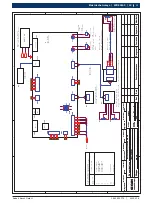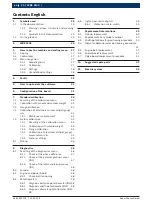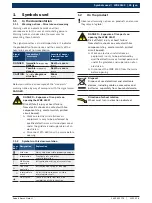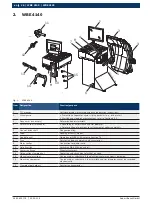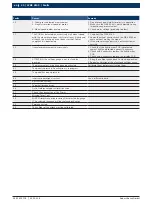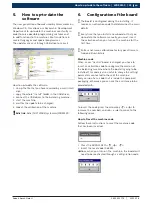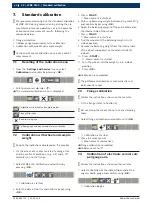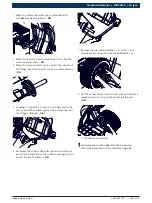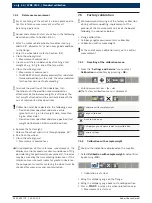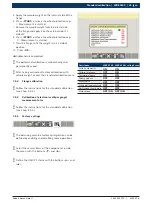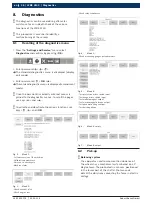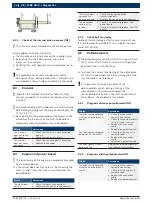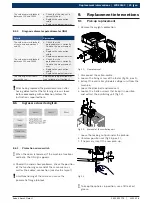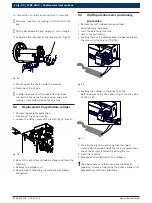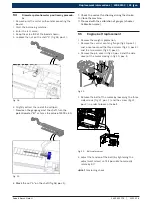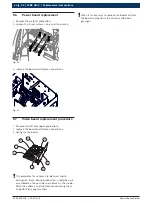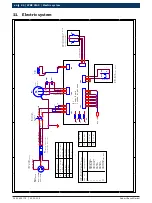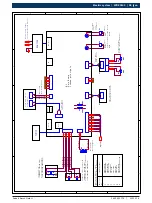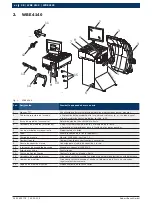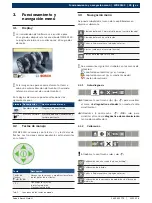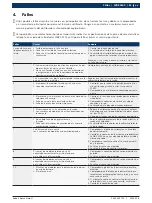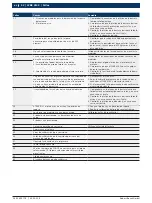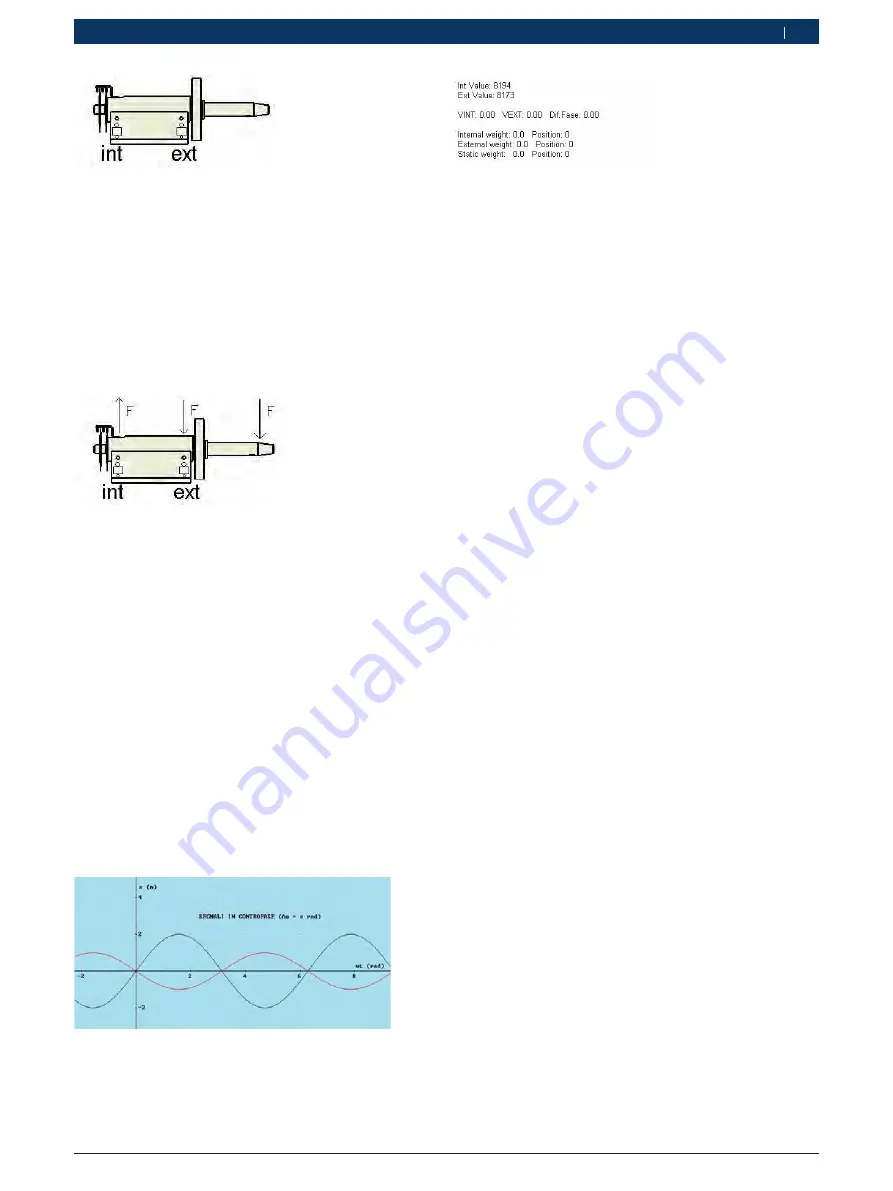
1 695 655 779
2010-11-9
|
Robert Bosch GmbH
Diagnostics | WBE 4140 | �7
en
2.
Fix the wheel of a motor vehicle of average size and
in excellent conditions (e.g. 5.5" wide, 14" diameter)
on to the flange and carry out a perfect balancing.
3.
Apply a sample weight (e.g. 100 g) on the external
side of the wheel.
4.
Press <
START
> or close the wheel protection cap.
Measurement is started.
"
At the end, checking the measured values, the voltage
value of the internal pick-up must always be small
compared to the voltage value of the external pick-up
and the ration between the external and internal pick-
ups must be between 1.9 and 2.1.
i
To calculation the voltage difference, divide the value
of the external pick-up with that of the internal, in
this way obtaining the ratio between the two.
!
If, when checking the ratio between the pick-up and
the phase difference, out of tolerance values are
found, replace the board (chap. 4.3) or replace the
pick-up sensors (chap. 4.1.4). If after replacement of
both the problem persists, it may be caused by a too
high disturbance of the bearings of the measurement
bench, therefore replace everything.
8.2.2
Check of the external pick-up sensor (IN0)
i
The piezo-electric type sensor reads a force
variation.
During appliance check, verify that:
R
the stand-by value is half-way on the reading scale
(e.g. 8170 +/- 100);
R
by pushing the shaft downwards, the values
decreases to zero;
R
by lifting the shaft upwards, the value increases to
end scale.
Fig. 8:
Position of the piezo-electric sensors
i
Voltages
The piezo-electric sensors, depending on the
position they are placed, receive a different stress
and charge. The one inside the shaft on the left
is excited with a lower amount compared to the
external one. It can therefore be affirmed that the
ratio between the two is of 2; or that the voltage
measure by the external pick-up is twice greater than
that of the internal pick-up.
Fig. 9:
Stresses distributed on the shaft
8.2.1
Check of the phase difference
i
The term phase indicates a particular moment
during the performing of a periodic phenomenon
(in this case, the electric signal caused by the pick-
ups during the wheel cycle). When two signals are
considered (one caused by the internal pick-up
and one by the external) it is the phase difference
between them, meaning the difference of the read
voltages. For example, with reference to fig. 10,
if the black signal represents the voltage of the
external pick-up and the red signal the voltage of the
internal pick-up, it can be affirmed that the voltages
are in antiphase, meaning that the offset is equal to
180° (the peaks of a signal coincide with the grooves
of the other and vice-versa).
Fig. 10: Ratio between the voltages measured by the pick-ups
1.
Access the self-diagnosis menu (Menu 1).
"
The displays show the values read by the pick-up
in sequence during the last cycle and the phase
difference in degrees.

